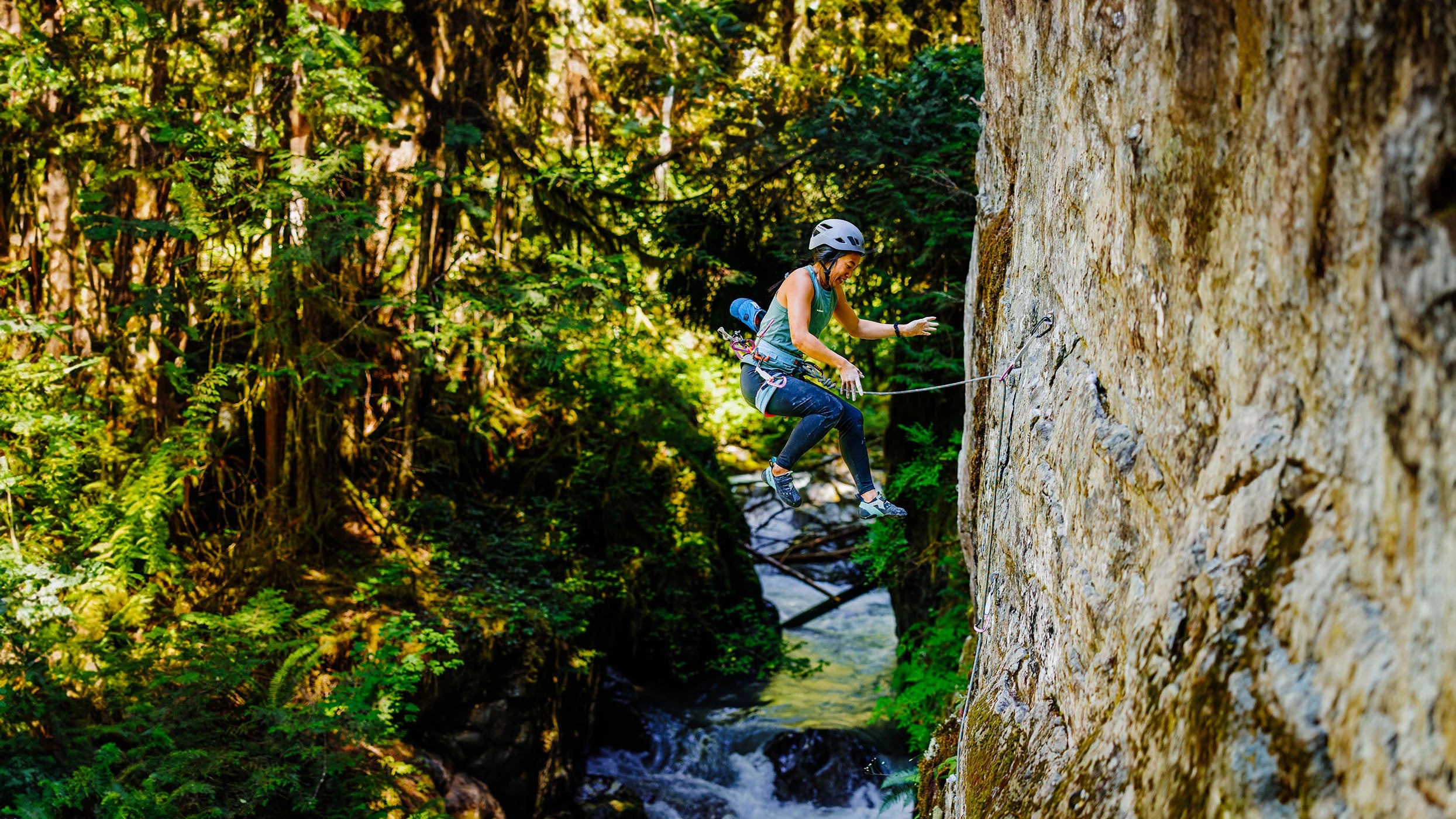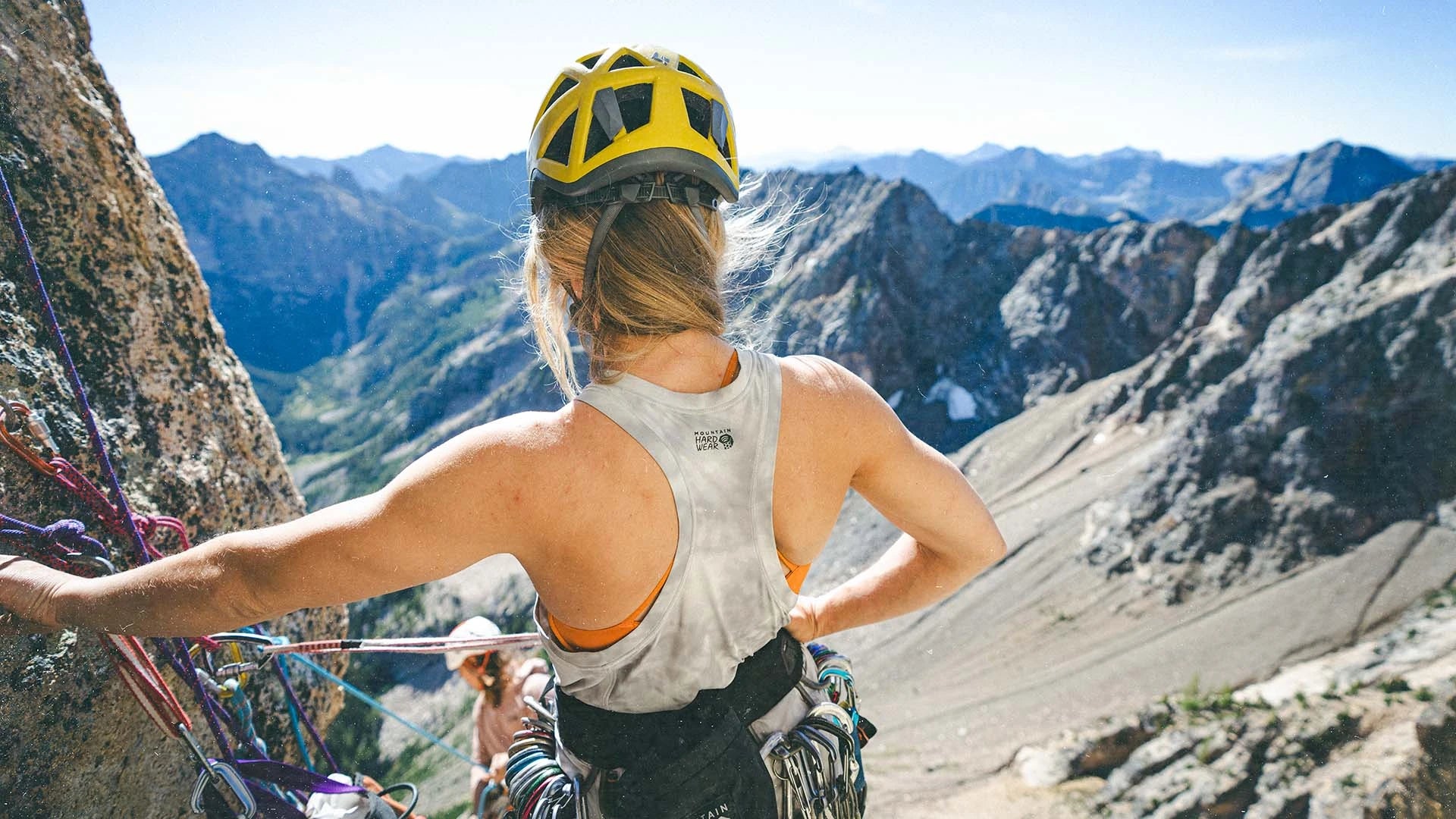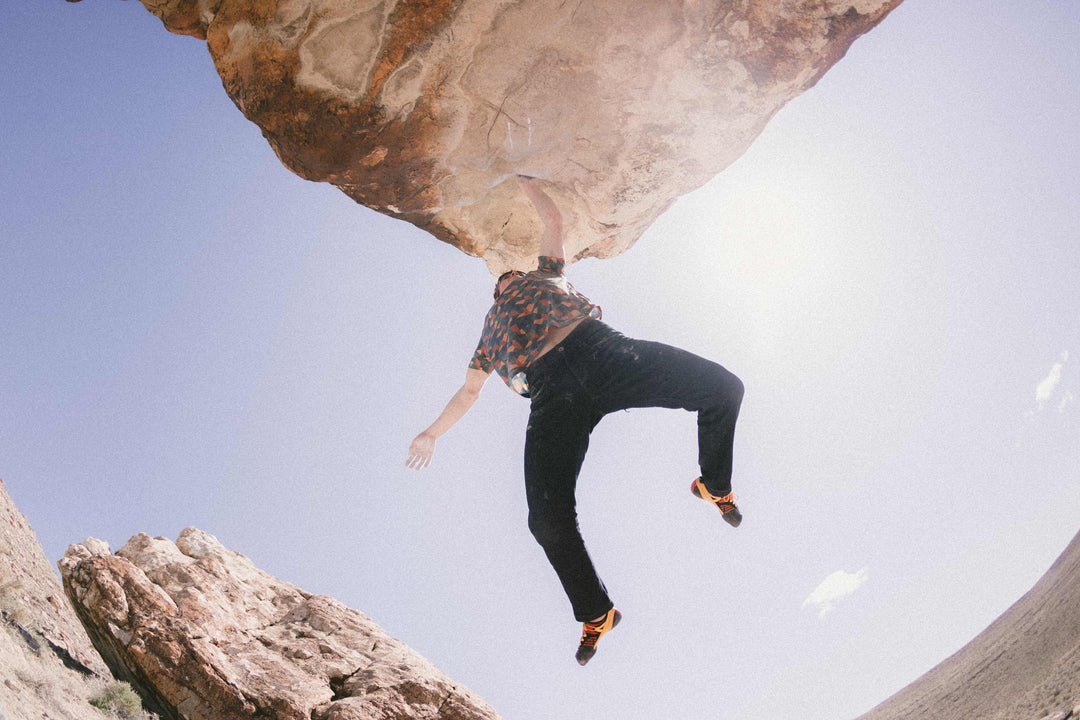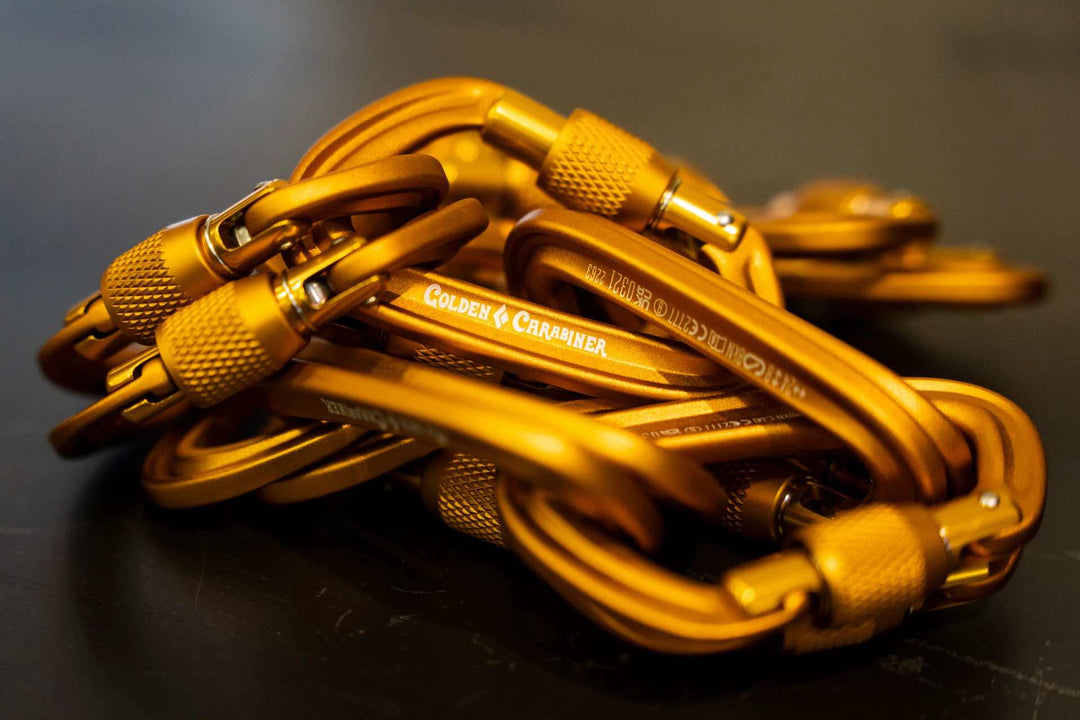Guest Author: Ben Boyd - Physiotherapist
Editor: Climb On Staff
Introduction
Sustaining injuries is an unfortunate aspect of climbing, given the considerable stress it imposes on the entire human body. It's virtually inevitable that climbers who engage in regular training will encounter a range of discomforts, from minor aches and pains to more severe strains or injuries throughout their lifetime. Accidents are an inherent risk, and unless one possesses the ability to time travel, complete avoidance is improbable. This article delves into the various themes surrounding injuries and, more significantly, offers strategic insights to help prevent injuries in the first place. Additionally, it explores the most prevalent types of injuries that impact climbers.
Injury Themes
Insufficient recovery between sessions
Inadequate recovery between sessions is a recurring issue I observe regularly. On numerous occasions each week, I encounter climbers who have sustained injuries without a clear incident triggering them. Sometimes, it's an unforeseeable event, such as slipping off a wet hold and straining a finger. More often, though, injuries result from the cumulative impact of prolonged stress over consecutive days without sufficient rest and recovery. Typically, there are warning signs, such as a slight discomfort during warm-ups, heightened post-climbing soreness compared to the norm, or feelings of fatigue and reduced agility in movements.
Insufficient recovery often stems from neglecting to adapt training or climbing volume to accommodate changes in lifestyle or activity levels. Recognizing when adjustments are necessary can be challenging, unlike the straightforward decision to avoid climbing for 12 consecutive days. For instance, a training volume that feels manageable when well-rested may become excessive during weeks of overtime work while simultaneously caring for an ill family member, even if the training or climbing load remains consistent. Alternatively, maintaining the same number of climbing days and duration may prove inappropriate if a climber transitions from tackling moderate routes to daily intense projecting.
As we accumulate experience in consistent training and climbing, with the incorporation of good recovery habits, we become more adept at gauging our body's proximity to its maximum capacity. Nevertheless, regardless of our experience level, it's crucial to continually assess our body's readiness for training and climbing. There will always be limits, especially when pushing ourselves to climb at our peak performance.
Recovery Tools
After training hard it can be easy to sit back and open an IPA, however, there are a few simple tools that can speed up recovery by stimulating blood flow such as the Armaid Massager. Alternatively, start work on those tender spots with the Wave Soft Tissue Release Tool or if you want to hit those muscles hard with an instant massage try the Therabody Theragun Mini. Just remember not to overdo it.
Not (or inadequately) warming up
Ever found yourself in this familiar scenario? Picture this: you and a friend are attempting a quick climb post-work, rushing against the clock. After a hasty sequence of squats, palm pulls, and vigorous arm shakes to infuse warmth into your cold limbs, disaster strikes. Unlike your previous routine, this time, a muscle tweak surfaces as you navigate the crux. Cue the rehab.
Investing time in a thorough warm-up tailored to the climbing style you're about to tackle can significantly reduce the chances of encountering such setbacks. Consistency in your warm-up routine not only primes your body for optimal performance but also provides a reliable gauge for monitoring fatigue levels. During those high-gravity days on the climbing wall, it's easy to attribute subpar performance to various factors like lack of focus, temperature variations, or lingering effects from a past social event. With a consistent warm-up, however, you gain the ability to accurately assess your fatigue at the outset of a session. This awareness empowers you to adjust your session's volume and effort appropriately, possibly even prompting a well-deserved rest day—though admittedly, that decision may be a rarity.
An example warm-up might look like this:

Climber: Aron Hailey
No matter the exercises chosen for a warm-up, they should aim to warm-up your body in a way that will be needed for a climb. For instance, if the climb has heel-hooks, you’re going to want to place more emphasis on warming up your hamstrings. Remember, the goal isn’t to do a work-out, it’s to prepare the tissue and neuromuscular system’s readiness to climb and perform. Everyone is different and so, will have different sets/reps/intensities needed to feel ready and warmed up. This is why it’s important to experiment with your warm-ups until you find one that works perfectly for you!
Tools for warming up
Each of your warm-up exercises will use a few basic tools to stimulate the body part you are targeting from fingers to shoulders to back. A simple tool like The Block from Tension or a Beastmaker 1000 hangboard will target the fingers. Even something as simple as a Lattice Flex Mat will be more inviting than the floor to perform lunges, push-ups and daily mobility work.
Strategies for injury prevention
Track your training & climbing sessions
Maintaining a straightforward record outlining your climbing or training frequency, relative intensity, fatigue levels, and more can prevent repetitive strain injuries. Additionally, it enhances your ability to consistently perform at a higher level.
An example logbook entry might look like this:
Avoid the ‘one more try’ curse
When bouldering, take your shoes off between attempts to prevent you from falling into the ‘one more’ habit. If working the crux while sport climbing, try clipping a draw through the belay loop and the rope between attempts to force yourself to slow down. At the end of the day, put away the rope or fold up the boulder pads after your first last attempt. Giving an honest last try is great; 15 “one” more tries in 15 minutes isn’t much of a recipe for success.
Modify training/climbing intensity after an extended time away.
This applies to as little as one week away from climbing. Although there is minimal loss in strength, power, and endurance within that timeframe, your muscle coordination starts to decline. Furthermore, after two weeks, the strength of your tendons also begins to diminish. Extended breaks exacerbate these effects—after two months, tendon strength can drop to almost pre-training levels (1,2). To minimize the risk of injury, it's crucial to gradually reintroduce stress to your tissues before resuming challenging projects and starting a Janja-level training regime.
Pre-climb awareness
Lastly, know the risks of a given climb or potential fall. Climbing can be risky; injuries are impossible to mitigate entirely. Knowing ahead of time where a no-fall zone is, how your pads are positioned, what your comfort is with potential runouts, and communication strategies with your belayer, all go a long way to keeping you out of rehab.

Climber: Carson Lee
Common injuries
Finger flexor pulleys
Each finger has 5 annular pulleys. The annular pulleys support the flexor tendons and improve our ability to generate force. Each pulley can withstand a certain amount of force after which injury occurs. For climbers, a common mechanism resulting in a pulley injury is a dry fire while full crimping.
Flexor tendon
Two finger flexor muscles start in the forearm and run towards the fingers: flexor digitorum profundus (FDP) and flexor digitorum superficialis (FDS). FDP tendons move both the middle and last knuckle joints while the FDS tendons don’t extend far enough down the finger to bend the joint closest to the fingernail. These tendons are commonly injured with rapid shock loading i.e., a dry fire, or due to repetitive strain i.e., insufficient recovery between training or climbing.
Tennis elbow
In medical terms, this is known as lateral epicondylalgia. It starts as tendinitis which describes inflammation of the extensor tendons on the outside of the elbow. If the tendon inflammation persists, it becomes chronic and leads to degradation of the inflamed areas of the tendon. This often occurs when the elbow is forced to compensate for weakness or dysfunction in the shoulder or wrist.
Golfer’s elbow
In medical terms, this is known as medial epicondylalgia. It’s much the same as tennis elbow but affects the tendons on the inside of the elbow.
Synovitis
Synovitis refers to inflammation of the tissue that lines the inside of the joint capsule. It occurs when the joint capsule experiences too much stress without adequate recovery. As the joint becomes irritated, the fluid that lubricates the joint accumulates and causes the swelling that most people first notice.

Photo: Francois Lebeau via Mountain Hardware
The terminology surrounding common climbing injuries
Strains
Strains are injuries to the contractile tissues of the body i.e., the tissues that facilitate movement. For example, tendons and muscles are considered contractile tissues.
For climbers, a common example would be a flexor tendon strain resulting from too much load relative to the tendon’s capacity.
Sprains
Sprains are injuries to the body’s inert tissues i.e., the tissues that are supportive but do not facilitate movement. For example, ligaments and joint capsules would be considered inert tissues.
For climbers, a common example would be a flexor pulley injury resulting from a dry fire.
Subluxations
A subluxation occurs when the bone moves partially out of the joint before returning to its position within the joint’s confines.
For climbers, the most common locations for subluxations are wrists and ankles resulting from falls, and shoulders resulting from sudden slips or pops when the shoulder is positioned overhead under high loads.
Dislocations
A dislocation occurs when the bone moves completely out of the joint space it is supposed to occupy. Sometimes, the bone will be pulled back into the joint space but often it needs to be put back into place by a medical professional to avoid creating further injury.
For climbers, the most common locations for dislocations are elbows and ankles resulting from falls, and shoulders resulting from sudden slips or pops when the shoulder is positioned overhead under high loads.
Whiplash
Whiplash is now more commonly referred to as Whiplash Associated Disorder (WAD) and results from an accident that causes the neck/back to undergo a rapid acceleration-deceleration.
For climbers, whippers and hard bouldering falls are the primary cause of whiplash injuries.
Fractures
Nothing tricky here; fractures encompass any injury that causes a discontinuity (break) in the bone.
For climbers, this occurs almost exclusively with falls (or more specifically, sudden impacts…)

Climber: Anna Janzen
Author: Ben Boyd, MScPT, BScKin Physiotherapist
For more content or to contact: @climber.physio on social media or at benboydphysio.com Currently working at LivWell Integrated Health in Squamish, BC.
References 1) Kubo K, Ikebukuro T, Yata H, Tsunoda N, Kanehisa H. Time course of changes in muscle and tendon properties during strength training and detraining. J Strength Cond Res. 2010;24:322–31.
2) de Boer MD, Maganaris CN, Seynnes OR, Rennie MJ, Narici MV. Time course of muscular, neural and tendinous adaptations to 23 day unilateral lower-limb suspension in young men. J Physiol. 2007;583:1079–91














Leave a comment